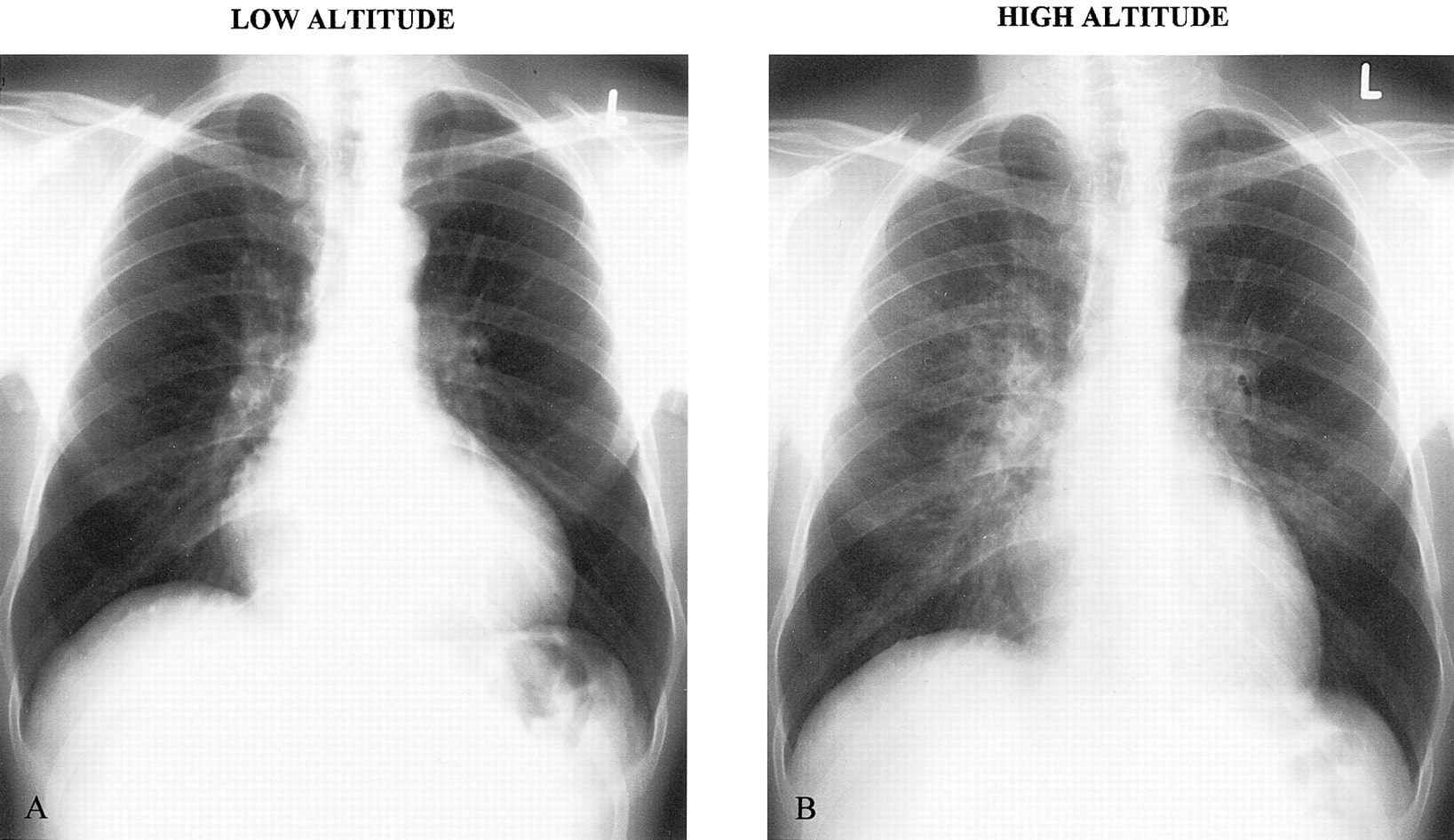
Mountaineering does not come without a certain risk. The obvious dangers of physical injury come to mind when planning an expedition, but hidden physiological factors can also prove fatal. One of these conditions is Acute Mountain Sickness (AMS), which stems from a failure to properly acclimatize to a higher elevation, and can lead to a more fatal illness known as High Altitude Pulmonary Edema, or HAPE.
HAPE is a condition in which extravascular fluid accumulates in the air sac spaces that make up part of the lungs, showing similarities to how the COVID-19 virus affects the lungs. However, unlike COVID-19, HAPE is easily treated and completely reversible when properly addressed. The buildup of fluid impairs respiration and can become fatal when left untreated. There are two instances in which HAPE can present itself:
-
- People acclimatized to lower altitudes ascend to elevations exceeding 8,000 ft too rapidly
- Re-Entry HAPE: When those living at high elevations return home after traveling to a destination at a lower altitude.


HAPE will generally present its symptoms within 2-5 days of arrival at high altitude; symptoms are rarely observed below an elevation of 8,000 ft or after one week of acclimatization. Early symptoms can include a nonproductive cough, dyspnea (labored breathing) with exertion, and reduced exercise performance. As HAPE progresses, the cough can worsen and those affected may experience a debilitating degree of dyspnea, even while at rest. Immediate attention is needed if an advanced case displays gurgling in the chest; pink, frothy sputum; or the skin taking on a blueish hue.
Though HAPE is the most common cause of death related to high altitudes, the process of treating and reversing it is fairly simple when addressed early. The most effective treatment is through an immediate improvement of oxygenation, which can be achieved with supplemental oxygen, rapid descent, or hyperbaric treatment. Of these, a rapid descent to a lower elevation is typically the most effective. In some cases where rapid descent isn’t possible, HAPE can also be treated with a dosage of nifedipine.

https://serval.unil.ch/resource/serval:BIB_AB60C3571293.P001/REF.pdf
While easily treated, it is important to take some simple steps to reduce the risk of HAPE, or altitude sickness of any kind. A slow, steady ascent is recommended to ensure that the body becomes properly acclimatized to a higher elevation.
Play hard, stay safe.
*Disclaimer*
The visual and written contents of this article are intended for informational and educational purposes only. The contents are not meant to substitute professional medical advice, diagnosis, or treatment.